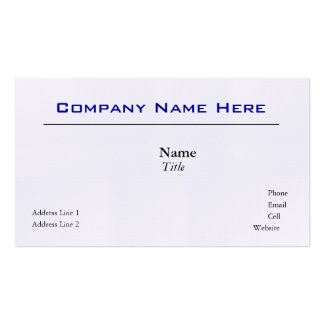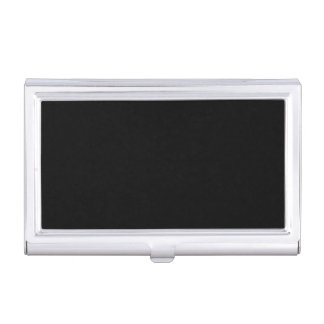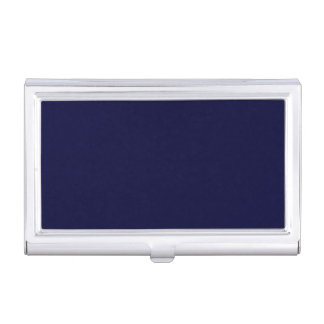Not every payment you make to employees must be in the form of cash. You may reward them with various fringe benefits, options or stock, or other property. While many small businesses use outside payroll companies to handle withholding on employee compensation, it’s up to you as the owner to understand the tax implications of your payments to workers.
Types of noncash wages
Paying employees other than in cash or a cash equivalent (e.g., check, direct deposit) is called an in-kind payment. It may be property or services provided by your company (e.g., a company laptop for personal or home use). The amount of the payment is determined by the fair market value of the property; special tax rules may come into play for specific items (e.g., stock options, company cars).
Payments of property (typically company stock) that have strings present special issues for the company and the employee receiving the property. If there is a substantial risk of forfeiture (called “restrictions”), the property is not immediately taxable to the employee; it becomes taxable when the risk ends. However, an employee can make a Sec. 83(b) election to report the value of the property upon receipt so that all future appreciation ultimately becomes capital gain. The employer obligation to withhold applies when the employee recognizes the income. So if the employee makes a Sec. 83(b) election, which must be done within 30 days of receiving the restricted property, the employer must withhold on the entire value at this time. If no election is made, withholding can only begin once the restrictions are lifted.
Withholding on in-kind payments
There are two issues for in-kind payments: how to value them and what to do about payroll taxes.
Value for tax purposes is the fair market value of the items or services at the time they’re furnished to employees. Essentially value is what a third party would have to pay for them (there are some exceptions to value when it comes to personal use of company vehicles).
You have choices when it comes to income tax withholding on noncash compensation:
- You can add the value of the taxable fringe benefits to regular wages or salary and figure withholding on the total amount.
- You can withhold a flat 25% of the value of the in-kind payment from regular wages or salary. (A 39.6% rate applies if the value exceeds $1 million, which usually won’t have application in a small business context.)
When it comes to personal use of a company vehicle, you can choose not to withhold income tax, although you must include this benefit on the employee’s Form W-2, Wage and Tax Statement. However, you must still withhold FICA taxes on the use of the vehicle.
Typically, having funds for withholding is not a problem because regular compensation is sufficient to cover taxes related to in-kind payments. But if regular wages from which to withhold taxes on in-kind payments are insufficient, you face a dilemma. If you cover the taxes, this amounts to additional compensation, and additional tax withholding. If you don’t cover the taxes, you must recoup cash from the employee for the taxes. One way or the other, taxes must be paid; if you fail to do so, you (not the employee) face penalties.
Some fringe benefits may be tax free to employees and exempt from income tax withholding. However, there may still be FICA and FUTA taxes on the benefits. Table 2-1 in IRS Publication 15B has a list of fringe benefits and the withholding rules for income taxes, FICA, and FUTA.






No comments:
Post a Comment